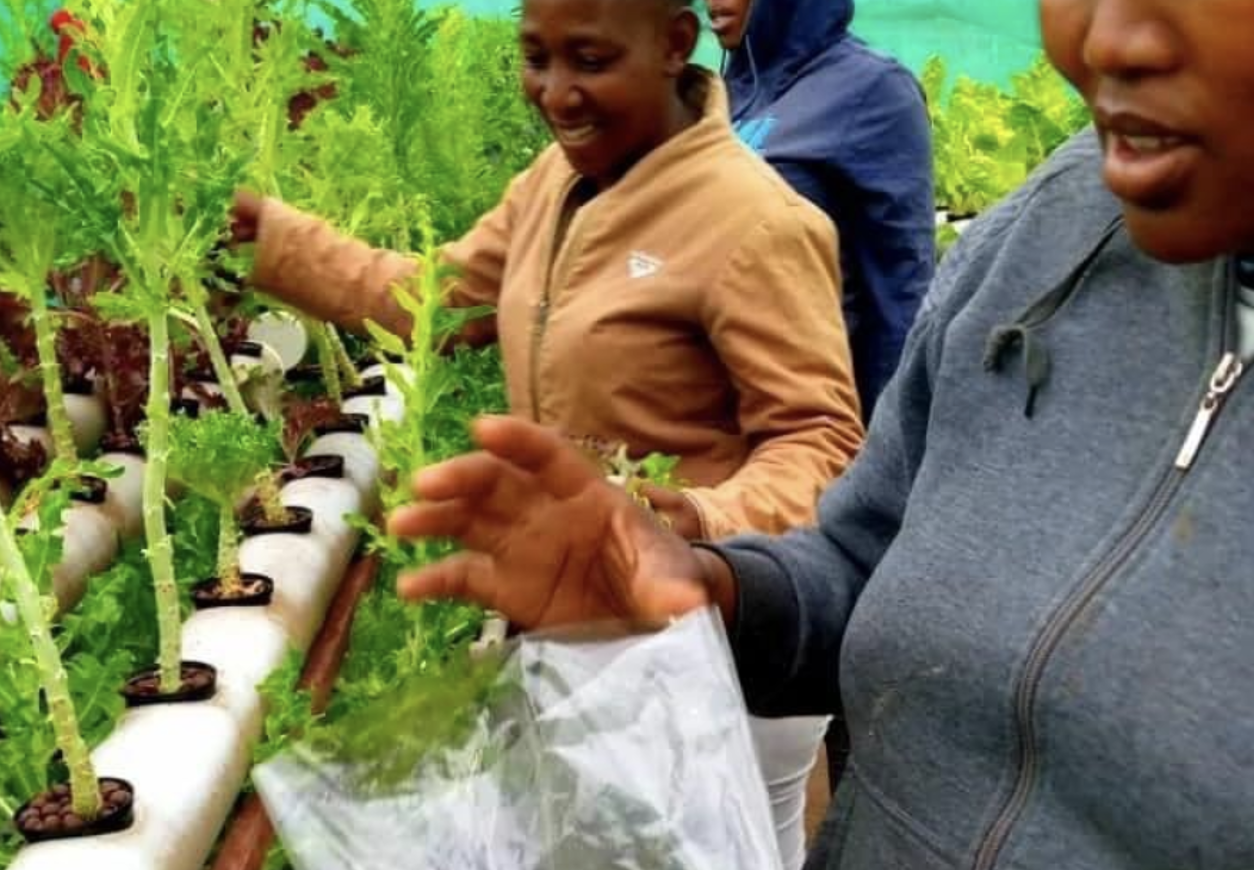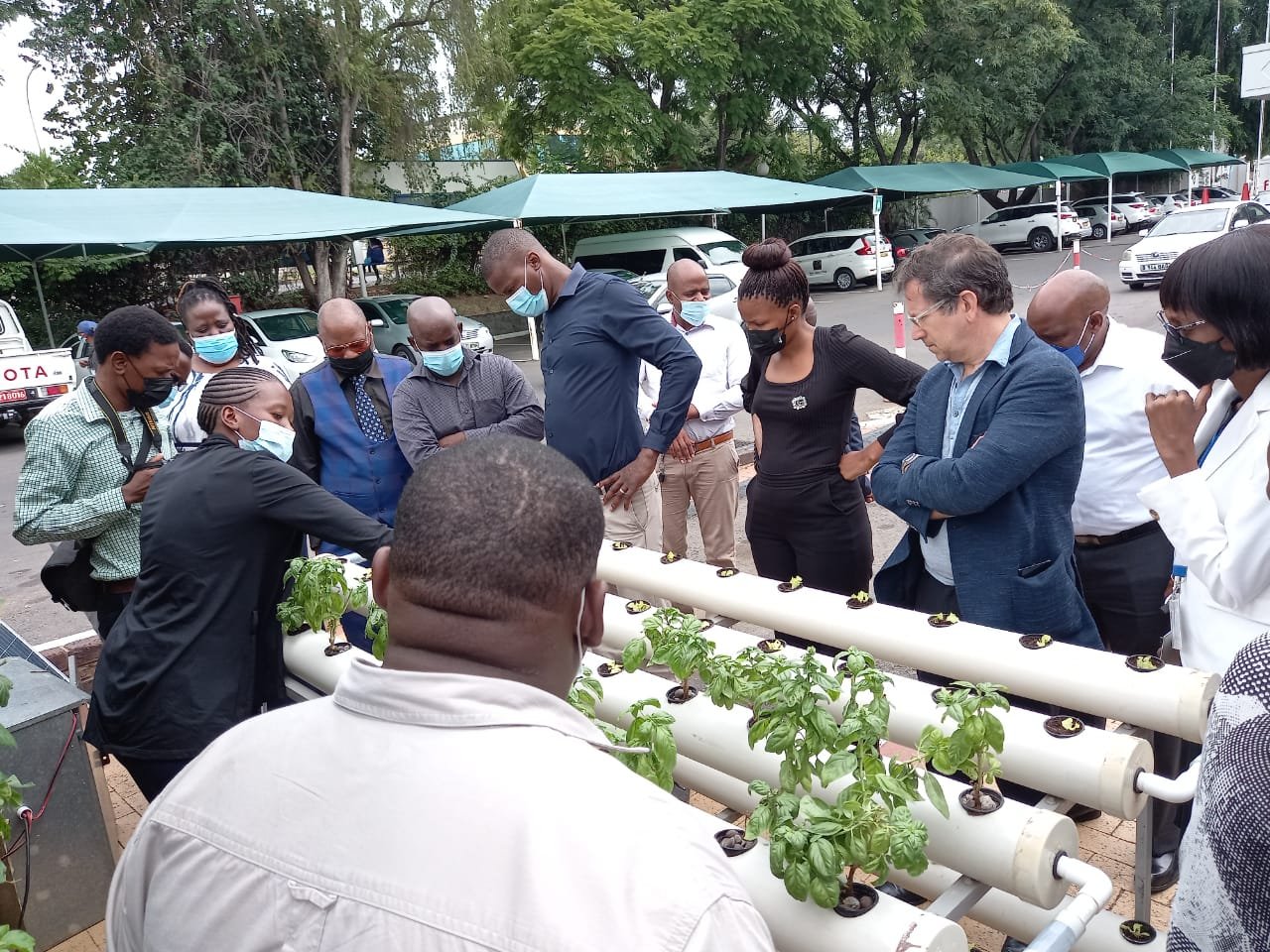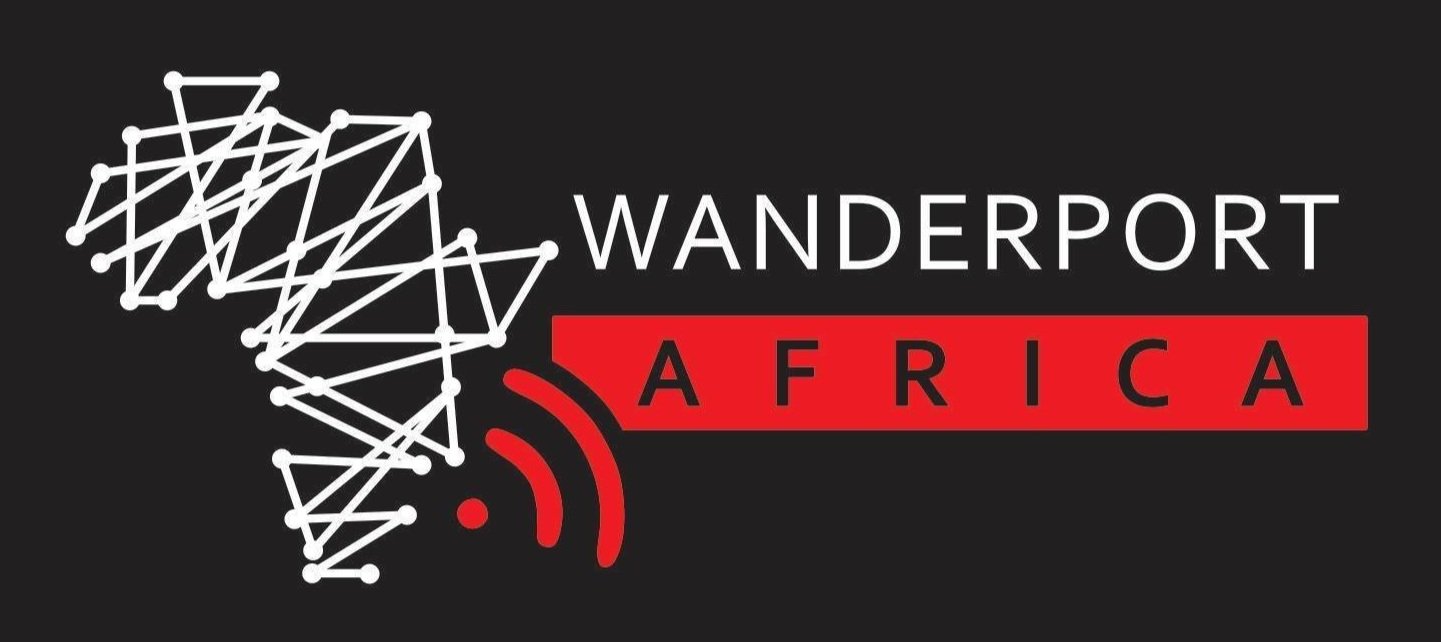Botswana
Background
While Botswana’s economy is one of the strongest in the region, it also has some of the grimmest social statistics in the region, largely due to the failure to diversify the economy, which remains highly dependent on mining and government spending. According to the World Bank, Botswana’s unemployment rate is 25% (2022) and is one of the most unequal societies in the world.
Socio-Economic Profile
According to the national Multidimensional Poverty Index, Botswana has a national poverty rate of 21%, disproportionately higher in rural areas (2021). The majority of these rural, remote districts also have the highest concentrations of San communities. The Index report states ‘deprivation levels are higher in remote rural areas where most basic services are not available’: in Botswana “remote areas/settlements” is the euphemism for San communities.
Botswana does not differentiate/recognize ethnic groups: all people who are citizens of the country are indigenous and have the same rights to land and resources. Though official statistics do not record ethnicity, various researchers estimate that Botswana hosts the world’s largest number of the San: over 64,000. In Botswana, Khoisan languages include Ju|’hoansi (!Kung), Naro, ||Gana and | Gui, Tsua, Tsi’xa, !Xu, !Xoo, Bugakwe, ||Anikhwe, Shua and Tciretcire.
While San live in most Districts in Botswana, in small numbers, larger populations are found in Remote Area Communities (RACs) in Ghanzi, Charles Hill, Boteti, Kweneng, North-West Districts (see right, underlined areas).
Despite Botswana’s middle-income status, many marginalized communities live in severe poverty and lack sustainable development support. Generally, where the largest concentrations of San live, there is a notable lack of critical services (adequate health care, quality education service). Education standards in these areas are generally lower than elsewhere and have higher school dropout rates. Infrastructure is generally of a poor standard, and economic opportunities are limited. The various San ethnic groups in Botswana are among the most marginalized and poorest people in Southern Africa.
*Dots on map indicate main areas of investment
Palms for Life Investment
Since 2020, Palms for Life has invested in the following main areas:
Dajura Scholarship Project, Maun for 40 residential students re-taking 1 year of Form 4 coursework, with social support, to re-enter mainstream education and improve life opportunities
Chobe Holdings 50/50 Partnership Scholarship for 10 youth to take a 6 month hospitality/tourism course, with a 3 month field/bush-lodge apprenticeship, followed by employment offers for 70%;
Gabane Scholarship Project for 62 residential Form 3/5 students to re-take coursework and exams with an opportunity to regain entry to mainstream education and improve life opportunities (2nd year of the Project revised participant selection dramatically, to improve success);
Young Entrepreneurs training for 28 Mr/Ms RADP pageant participants (for San from RACs), with additional seed funding/entrepreneurial training for 6/28 (goat/cattle/chicken production, fashion design/events/deco);
Playgroups and Hostels support in the Okavango District, to improve educational outcomes. This includes construction of classrooms, toilets, outdoor kitchens, playgrounds, water reticulation from community boreholes. In hostels, this includes improving the overall facilities (development of a dining hall, erection of playgrounds, provision of sport equipment, solar geysers, industrial machines);
Pilot of 11 hydroponics units to strengthen food security, build skills and generate income, including 1 year of training to over 130 participants;
National Forum on the preservation of San languages, culture and knowledge with San, academics, NGOs, government;
Emergency food relief for 700 households with malnourished children, included ~3,500 people for 6 months;
Development of a satellite office in Maun to better generate, support and monitor activities in this area;
Eliminating gender-based violence with a pilot project that engaged over 3,300 people in 4 RACs, including men, boys, women and girls;
Numerous Advisory Committee Meetings, partnerships, MOUs, studies and meetings to inform/implement activities.




